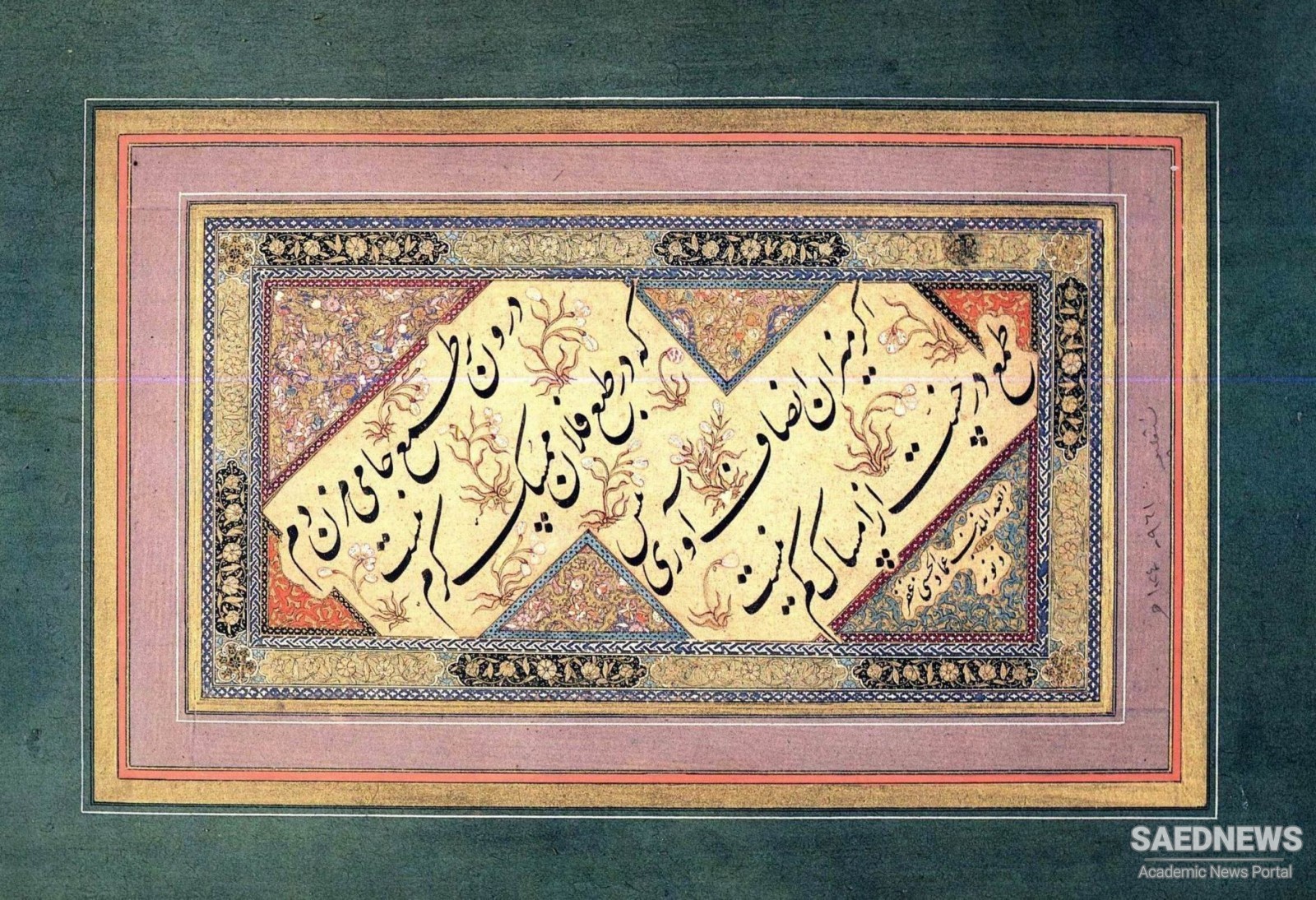Persian literature was born in a society where literacy and writing, whether in prose or in poetry, were restricted to a few elite circles. They can be classified roughly into a political and a religious center. The courts of local rulers, which in the course of the 9 th century had emerged in the eastern provinces, attracted all kinds of educated people: secretaries serving in the departments of state, professional men such as physicians and astrologers, and a variety of scholars, literati and, last but not least, poets who were looking for generous patrons. On the opposite side, in the mosques and institutions of religious education, especially the theological schools (madreses) and Sufi hospices (khaneqahs), the scholarly and the devotional traditions of Islam had been firmly established since the first centuries after the Arab conquest. Nishapur and Balkh in Khorasan and Bukhara and Samarkand in Central Asia had already become famous seats of learning, and eastern Persia also had had its share in the development of Sufism. Both institutionally and culturally this eastern branch of Islamic civilization copied, more or less faithfully, the examples set by Iraq, the seat of the Abbasid Caliphate. The exclusive use of the Arabic language in writing, with all the scholarly and philological conventions that were attached to it, was one of the most conspicuous features of this dependence. Among state officials and scholars, secular as well as religious, Arabic was the language of choice once Islam was firmly established in Persia and Middle Persian stopped being the language of the Divan or departments of administration. For centuries they stuck to the use of Arabic, especially when they had to express themselves at the highest level of their profession. Up to the Safavid period (16th to 18th centuries), philosophers and religious scholars such as Avicenna (d. 1037), Biruni (d. c. 1050) and Mohammad Ghazali (d. 1111) only seldom used their native language in writing, except for texts evidently intended for a lay public. The difference in style and dimension between writing in one or the other of the two languages becomes apparent when the two versions of Ghazali’s most famous mystical work, the Arabic Ehya’ olum al-din (The Revivification of the Religious Sciences) and the Persian Kimiya-ye Saadat (The Alchemy of Bliss) are compared.


 Persian Literature and Indian Style: Subcontinent's Literary Influence
Persian Literature and Indian Style: Subcontinent's Literary Influence














































